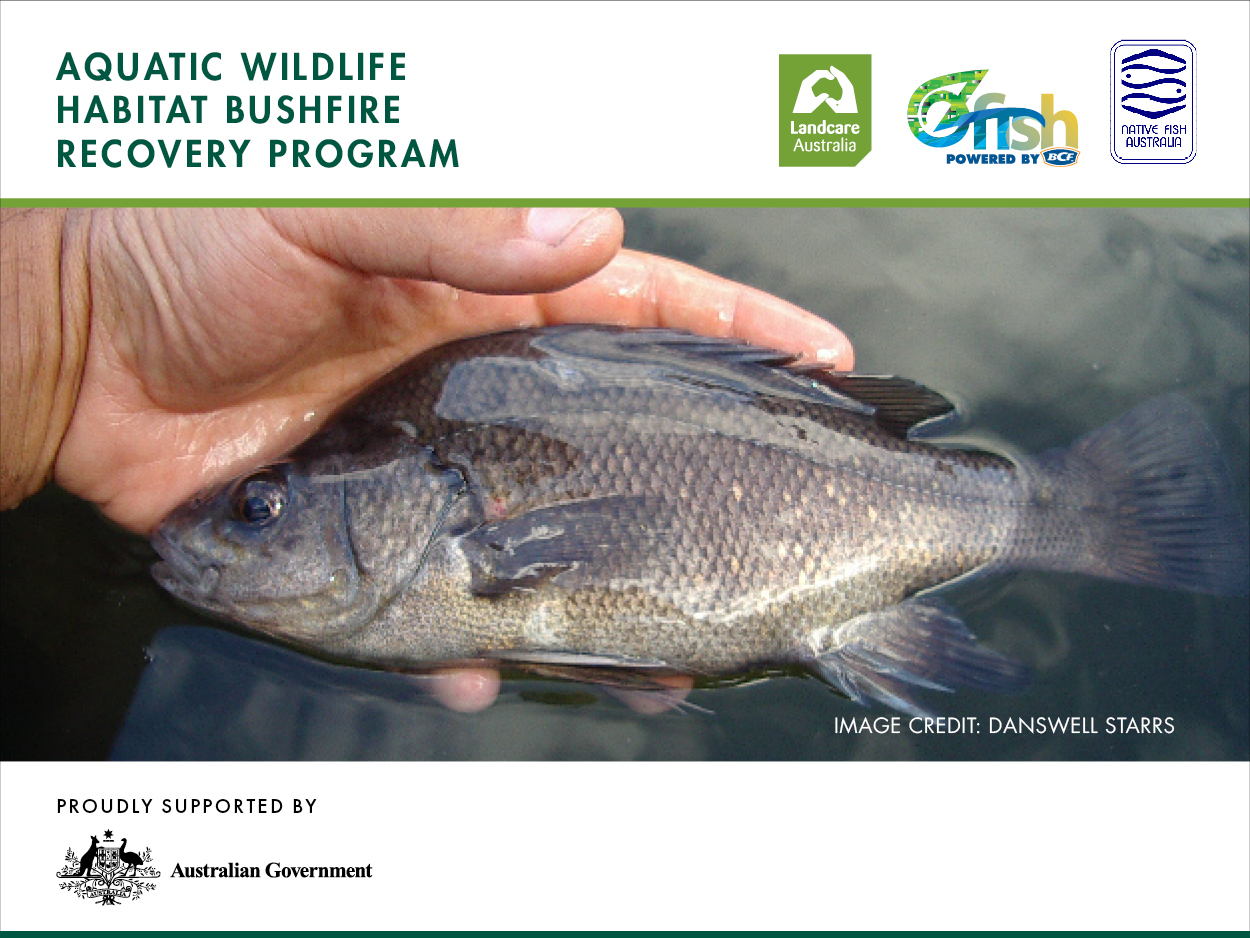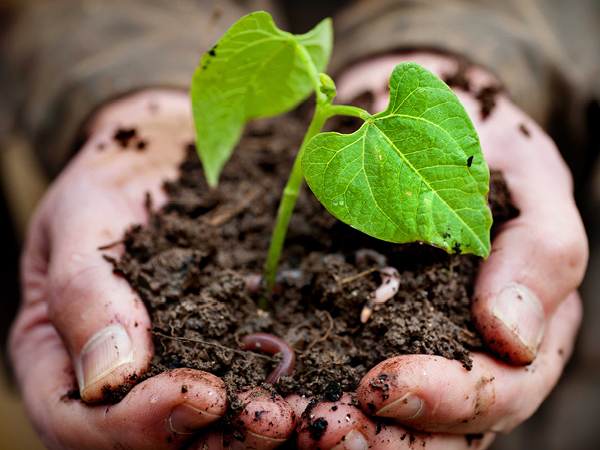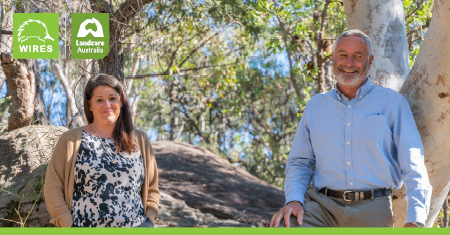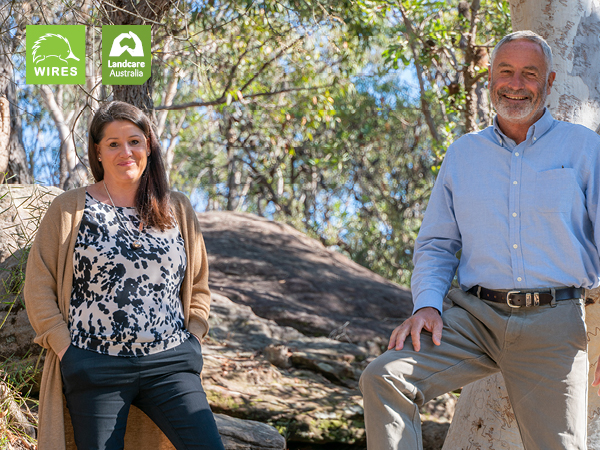
A Bushfire Recovery program led by Landcare Australia, delivered in partnership with OzFish Unlimited and Native Fish Australia (Victoria), will support initiatives to restore habitat for ten national priority threatened aquatic species in Queensland, Victoria and New South Wales.
The Landcare Australia Aquatic Wildlife Habitat Bushfire Program is funded by the Australian Government and will deliver support for on-ground activities with local community groups, OzFish chapters, the endangered native fish hatchery run by Native Fish Australia (Victoria) and landowners across 17 bushfire affected areas.
The funding will provide on-ground bushfire recovery actions for ten threatened aquatic animals, including six fish species, three species of Spiny Crayfish and the Manning River Helmeted Turtle.
Landcare Australia CEO Dr. Shane Norrish recognised the Australian Government’s support for aquatic wildlife bushfire recovery, and how the program will bring together local community groups, OzFish Chapters and landowners with important on-ground bushfire restoration activities.
Dr Norrish said: “Since the Black Summer Bushfires, Landcare Australia has provided funding to 86 community Landcare and environment group projects, made possible by our corporate partners and donors, to help with the restoration of wildlife habitats in bushfire impacted areas.
“Now, with the support of the Australia Government, we can focus on aquatic wildlife and their habitats with projects that will support a fish recovery program, erosion control, weed management, revegetation and citizen science monitoring.”
OzFish Unlimited and Native Fish Australia (Victoria), have commenced working with local OzFish Chapters, landowners and managers after recreational anglers felt the impact of the early 2020 fires, not only on their local communities, but on the waterways they love.
OzFish Unlimited CEO, Craig Copeland said: ‘Recreational anglers in fire impacted areas were reporting the devastation to OzFish. We were receiving daily reports of water quality resembling sludge, complete losses of riverbank vegetation, dying fish, some in areas with threatened species.
‘In response to the fires, OzFishers around Australia have taken up the mammoth task of focusing on their local waterway recovery. This initiative will see our army of recreational fishing volunteers roll up their sleeves to reverse the severe impact the fires have had on their local waterways,’ said Mr Copeland.
Native Fish Australia (Victoria) is eager to support fish recovery with their restocking efforts of endangered fish to benefit restoration of local aquatic biodiversity. In collaboration with Landcare Australia, NFA will collect mature Macquarie Perch to be used in a breeding program for the species. These broodfish will be taken to the NFA (Vic) Endangered native fish hatchery located at La Trobe University, to produce Macquarie Perch fry. The fry produced will be grown in the hatchery until they reach a suitable size, and then released into the Buffalo River in north east Victoria once the habitat has sufficiently recovered. Macquarie Perch from the Yarra River population will be used in the breeding program due to their genetic robustness and suitability to be stocked across their previous natural range.
President of Native Fish Australia, Tim Curmi said: “Habitat restoration and targeted native fish reintroductions are key to the survival of native species in these bushfire impacted regions and it’s really encouraging for people to know they have access to support to get their projects off the ground which benefit, not only the natural environment, but the whole community.”
The Landcare Australia Aquatic Wildlife Habitat Bushfire Program is funded by the Australian Government’s Wildlife and Habitat Bushfire Recovery program.






